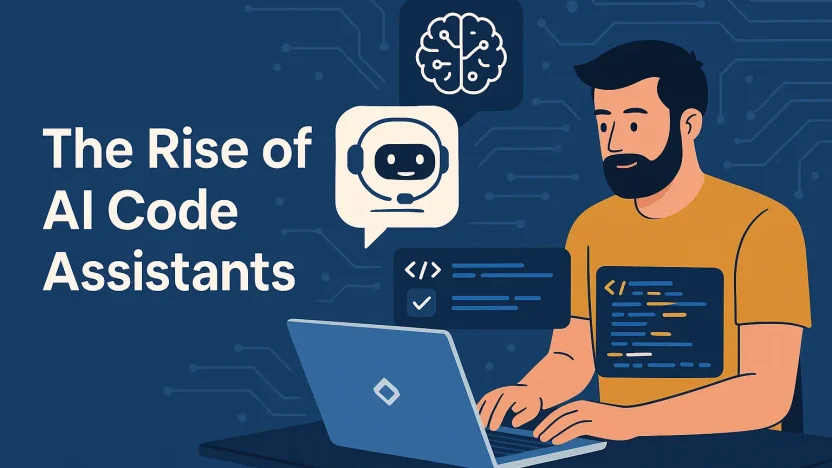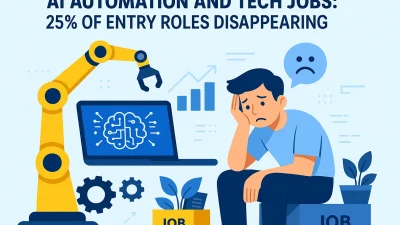The Rise of AI Code Assistants: How They’re Transforming Development
AI code assistants are changing how developers work—faster, smarter, and with fewer headaches. From autocomplete suggestions to full-function scaffolding, these tools have gone from niche novelties to essential workflow enhancers.
What Is an AI Code Assistant?
An AI code assistant is a smart tool that helps programmers write, debug, and understand code. Powered by large language models, these assistants can autocomplete code snippets, explain logic, generate boilerplate code, and even translate between languages.
Popular examples include GitHub Copilot, Codeium, and Tabnine. They’re typically integrated into IDEs like VS Code, JetBrains, and even browser-based environments.
Why AI Code Assistants Are Gaining Traction
- Speed & Efficiency: They cut down on repetitive tasks and boilerplate writing.
- Learning Aid: Junior devs use them to understand syntax, best practices, and error fixing.
- Multi-language Support: Write in Python, JavaScript, Go, Rust—you name it.
- Bug Detection: Many tools now suggest better logic or even flag potential bugs.
Real Growth: From Side Tool to Daily Driver
According to Exploding Topics, the usage of AI code assistants has jumped by 99× over the past year. Major tech firms are embedding them into internal workflows, and open-source communities are building their own versions for specialized environments.
GitHub Copilot reportedly saves developers up to 50% of their coding time. That’s not just convenient—it’s a productivity revolution.
Concerns & Limitations
Of course, it’s not all sunshine and perfectly-indented code. Here are some common concerns:
- Code Quality: AI suggestions can sometimes be outdated or insecure.
- Privacy: Some tools may log or train on proprietary code unless configured otherwise.
- Over-reliance: Developers might lean too heavily on AI, weakening problem-solving skills.
That said, responsible usage and human oversight can easily mitigate most of these risks.
Where This Is Going
We’re seeing a future where every developer has a personalized assistant. Tools like Replit Ghostwriter and Cursor already offer AI-first environments. Soon, your code assistant might refactor entire modules, handle testing pipelines, or even review pull requests autonomously.
Final Thoughts
If you haven’t tried an AI code assistant yet, you’re missing out. They’re not just trendy—they’re the new normal in modern development. Whether you’re building full-stack apps, writing automation scripts, or just learning to code, having AI in your toolbox makes the journey smoother.
Pro tip: Always pair AI with your critical thinking. The best results happen when human intuition and machine precision work together.



